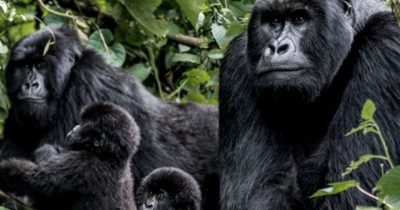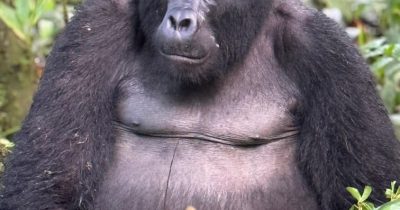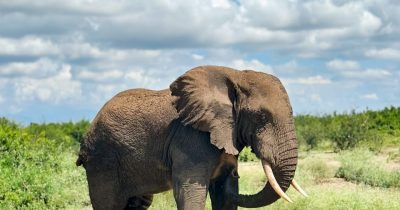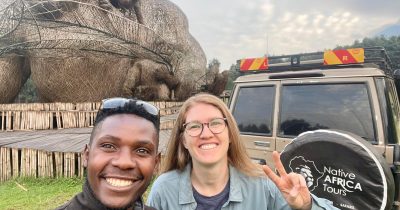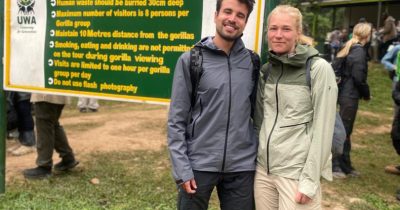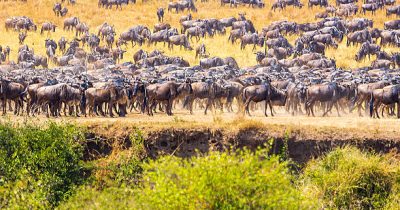Butare Ethnographic Museum
Butare Ethnographic Museum is located in East Africa – in the southern province of Rwanda. This museum is the National Museum of Rwanda found in Butare. The museum is under the management of the Institute of National Museums of Rwanda. It was built with the help of the Belgian government in 1989. It is a good place for one to know more about the cultural history of Rwanda and also know more about the country. The place where the museum was constructed, was a place where the murder of Queen Dowager Rosalie Gicanda happened on April 20th, 1994. It is also a great site with several remains of many people who died during the 1994 Rwanda Genocide. Butare Ethnographic Museum is about 135 kilometers away from Kigali and it is one of the places that was untouched during the genocide in 1994.

What can I expect to see at the Butare Ethnographic Museum?
While in the Butare ethnographic museum, there are several expectations that travelers can engage in for a safari to Rwanda and they include;
Exhibition halls
While in museum exhibitions, travelers will learn about several pieces of information about the country. This information will include an introduction about the country, pre-colonial Rwanda time, Rwandese culture, arts and crafts, arts and crafts.
Artifacts
While in Rwanda, travelers can see several art facts during the safari. The artifacts are the tools used during the ancient time of Rwanda. They include; historical documents and photographs, archeological findings, musical instruments, handcrafts, traditional clothing and adornments, and many others.
Interactive display
On the visit to the National Museum, there are several displays of activities that travelers on their safaris can engage in. These interactive displays include; traditional Rwandan demonstrations, craft-making workshops, music and dance performances, guided tours, and many others.
Are photography and videography allowed inside the Butare Ethnographic Museum?
In the Butare Ethnographic Museum, there are several policies that travelers are supposed to follow in the museum for videography and photography.
- Non-flashlight photography is allowed in restricted areas
- Some areas in the museum are not allowed for photography
- Videography is restricted and travelers are supposed to acquire permits for videography and photography.
- Video and photography are for personal use and not commercial use.
How much does it cost for travelers to visit the Butare Ethnographic Museum?
The Butare Ethnographic Museum is always open for travelers to visit and it costs about USD35 for foreign residents and non-foreign residents. The museum is usually visited by travelers on a city tour during a Rwanda safari. Native Africa Tours can easily arrange a visit to the Butare Ethnographic Museum. Contact us now. We can also add the museum tour to a gorilla trekking safari in Uganda or Rwanda.
What to do in the Rwanda Butare National Museum?
While on the visit to the Rwanda museum, there are several activities that travelers can engage in and they include;
Preparation of local cuisines
While on the visit to the museum, travelers will engage in several preparations of the local cuisines of the Rwandese culture. Travelers during their visit engage in the collecting of the different spices and materials used in the preparation of these meals. The meals usually prepared include brochettes, samba, income, and igisafuria.
Visit the ethnographic section
The museum has several sections that travelers on their safaris can engage in and this section contains several highlights and information about Rwandese ethnic groups. This gives the understanding of the customs and rituals, way of life, and many others.
Engagement in education programs
This museum offers an education program for both the community and travelers to learn more about the culture of Rwanda. These education programs engage travelers to actively learn about the culture of the Rwandese.
Visit to Museum gardens
The visit to the museum gardens offers a close encounter to travelers with trees that were used as natural herbs by the locals. This garden is used in the preservation of these tree species which were used by the early kingdoms.
What to consider when planning to visit the Butare Ethnographic Museum?
As travelers plan to visit the Butare Ethnographic Museum, there are several Factors to consider and include;
Weather conditions
While planning to visit the museum, there is the best time to consider as travelers plan a safari. Usually, the dry season is the best time June to September and December to February for travelers to engage in the different activities and festivals around the Museum.
Cultural events and festivals
Travelers planning to visit the museum for cultural events and festivals. The festivals have a different calendar period and dates on which they occur. Attendance at these festivals and events offers additional insights into the Rwandese culture.
Tourism season
During the high tourism seasons, there is high traffic in the area and the experience of travelers is quite good. Travelers to fully engage in the museum are supposed to visit the museum in the low season to have more time in the area.
Where to stay as you visit Butare Ethnographic Museum
While on a safari to the Butare Ethnographic Museum, there are several accommodation facilities that travelers can stay in during the safari. The accommodation facilities are located in Kigali and around the museum. Accommodation facilities range from midrange to luxury, and budget facilities. They include; bathos hotel, Shalom Guest House, Four Steps Hotel, Hotel Ibis, Gorilla City Centre Hotel, Hotel des Mille Collines, Four Points by Sheraton Kigali, Kigali Marriot Hotel, BnB Mountain Hotel, hotel Isimbi, Inn on the Lake hotel, and many others.
Other Museums in Rwanda
While in Rwanda for a safari, there are other several museums that travelers on their Uganda safaris can visit and they include;
Kings Palace Museum
It is also called the Nyanza royal palace which is located in Nyanza about 85 kilometers away from Kigali. During the abolition of the kingdoms in Rwanda, the palace faced destruction and later it was renovated. Nyanza was one of the royal capitals of the kingdom that was under the reign of King Yuhi V Musinga in 1899.
Presidential Museum
Presidential Museum is located in Kanombe which is about 2 kilometers away from Kigali International Airport. It was recently added to the list of the Museums in Rwanda. It was a former home of the president of Rwanda Juvenal Habyarimana and his predecessor Pasteur Bizimungu during his term of rule. In this museum, there are the remains of the presidential jet which was shot down on 6th April 1994 and led to the Rwanda genocide.

